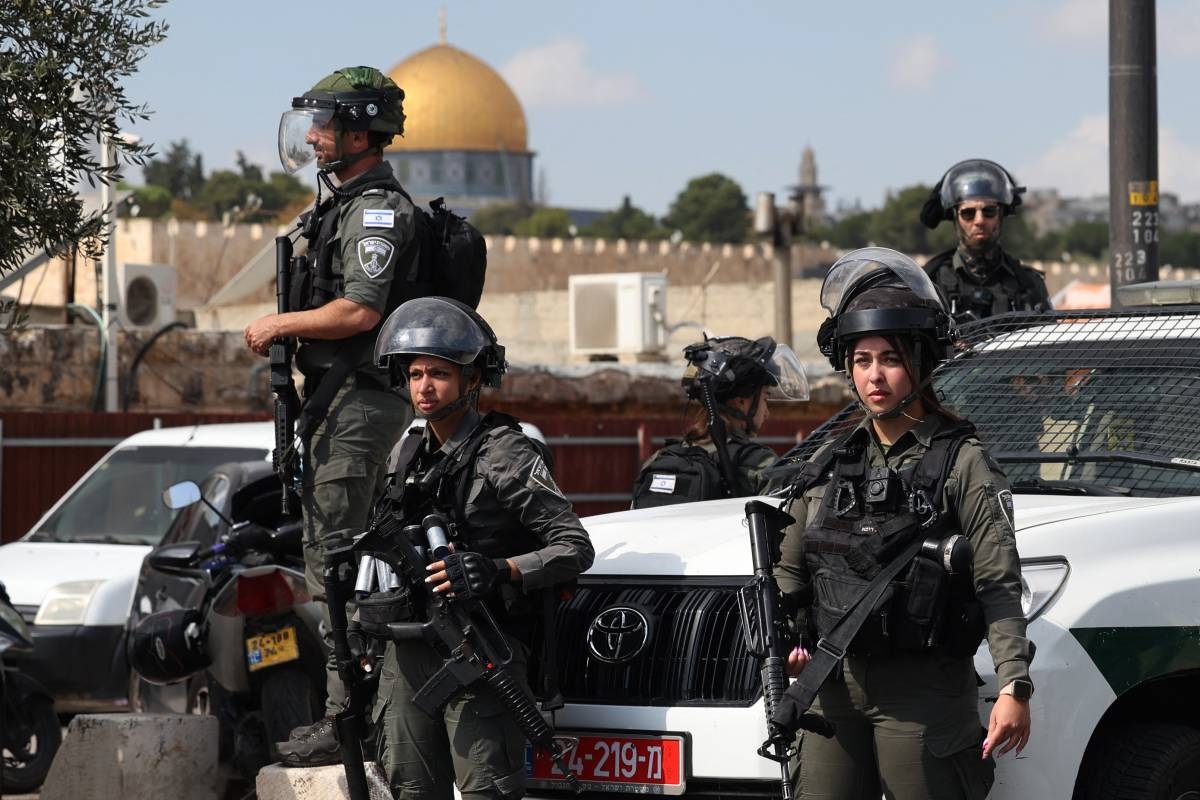Ceasefires and Hostage Deals in the Middle East: A Complex Interplay: Middle East Ceasefire And Hostage Deal
Middle East ceasefire and hostage deal – The Middle East has a long and often tumultuous history marked by conflict and periods of uneasy peace. Ceasefires and hostage situations are recurring features of this landscape, shaping regional dynamics and international relations. This exploration delves into the historical context of ceasefires, the role of international actors in hostage negotiations, the impact on civilian populations, the dynamics of power in negotiations, media portrayals, and the security implications of these events.
Historical Context of Ceasefires in the Middle East
Understanding the effectiveness of past ceasefires requires examining their historical context, including the specific circumstances under which they were negotiated, the parties involved, and the long-term consequences for regional stability.
| Year | Location | Parties Involved | Duration |
|---|---|---|---|
| 1967 | Sinai Peninsula | Israel, Egypt | Until the 1973 Yom Kippur War |
| 1973 | Golan Heights, Sinai Peninsula | Israel, Egypt, Syria | Followed by the Camp David Accords |
| 1982 | Lebanon | Israel, PLO | Short-lived, followed by further conflict |
| 1993 | Oslo Accords | Israel, PLO | Ongoing, with periods of renewed conflict |
| 2020 | Nagorno-Karabakh | Armenia, Azerbaijan | Ongoing, with fragile peace |
The 1973 ceasefire following the Yom Kippur War, while initially fragile, paved the way for the Camp David Accords and a significant improvement in Israeli-Egyptian relations. Conversely, the 1982 ceasefire in Lebanon proved short-lived due to a lack of commitment from all parties and the complex internal dynamics within Lebanon. The long-term consequences of ceasefires are often complex, sometimes leading to lasting peace, and other times to a period of uneasy calm before further conflict erupts.
The Role of International Actors in Brokering Hostage Deals
International actors play a crucial role in mediating hostage situations, often employing diverse strategies and tactics to secure the release of hostages while minimizing further violence. Their involvement is often complex, requiring delicate diplomacy and careful consideration of the various stakeholders.
- United Nations
- United States
- European Union
- Individual countries (e.g., Switzerland, Germany)
- Non-governmental organizations (NGOs)
Strategies employed include direct negotiations with hostage-takers, back-channel diplomacy, and the offer of concessions. The approach taken often depends on the specific circumstances of the hostage situation, the identity of the hostage-takers, and the broader geopolitical context.
The Impact of Hostage Situations on Civilian Populations

Hostage situations exert a profound impact on civilian populations, extending far beyond the immediate victims. The psychological and humanitarian consequences can be devastating, with lasting effects on individuals, communities, and the region as a whole.
The psychological toll on hostages and their families is immense, often leading to long-term trauma, anxiety, and depression. Prolonged hostage situations can lead to severe food and water shortages, limited access to medical care, and the disruption of essential services. In a hypothetical scenario, a prolonged hostage crisis in a small, economically vulnerable community in Syria could severely impact local businesses, leading to unemployment and economic hardship. The social fabric of the community could be damaged by fear, mistrust, and the disruption of daily life. Politically, such a crisis could destabilize the already fragile government and exacerbate existing tensions.
Analyzing the Dynamics of Power and Negotiation in Ceasefire Agreements

Ceasefire negotiations are complex processes involving intricate power dynamics and diverse negotiation strategies. The outcome is often influenced by the relative power of the parties involved, their willingness to compromise, and the effectiveness of mediation efforts.
A typical ceasefire negotiation might involve initial contact, the establishment of a framework for negotiations, the exchange of proposals and counter-proposals, and the final agreement and implementation. Key decision points include the definition of ceasefire terms, the establishment of monitoring mechanisms, and the handling of disputes. Potential obstacles include mistrust, conflicting agendas, and the influence of external actors.
The Media’s Portrayal of Ceasefires and Hostage Deals

Media coverage plays a significant role in shaping public perception of ceasefires and hostage situations. The way these events are framed can influence the outcome of negotiations and the long-term consequences for regional stability.
| Crisis | Media Narrative | Impact on Negotiations | Accuracy of Reporting |
|---|---|---|---|
| 1979 Iran Hostage Crisis | Focus on American hostages and Iranian revolutionaries | Increased pressure on the US government | Generally accurate, but with some biases |
| 2014 ISIS Hostage Crisis | Emphasis on brutality of ISIS and suffering of hostages | International coalition against ISIS | Mixed accuracy, with some misinformation |
Security Implications of Ceasefires and Hostage Releases, Middle East ceasefire and hostage deal
Implementing ceasefires and managing the release of hostages present significant security challenges. Careful planning and coordination are crucial to prevent further violence and ensure the safety of all involved.
Security measures might include deploying peacekeeping forces, establishing demilitarized zones, and monitoring compliance with ceasefire agreements. The release of hostages often requires careful coordination to ensure their safe passage and prevent reprisals. In some cases, this might involve relocating hostages to a third country or providing them with protection after their release. The lack of robust security measures can lead to renewed conflict or the targeting of released hostages.